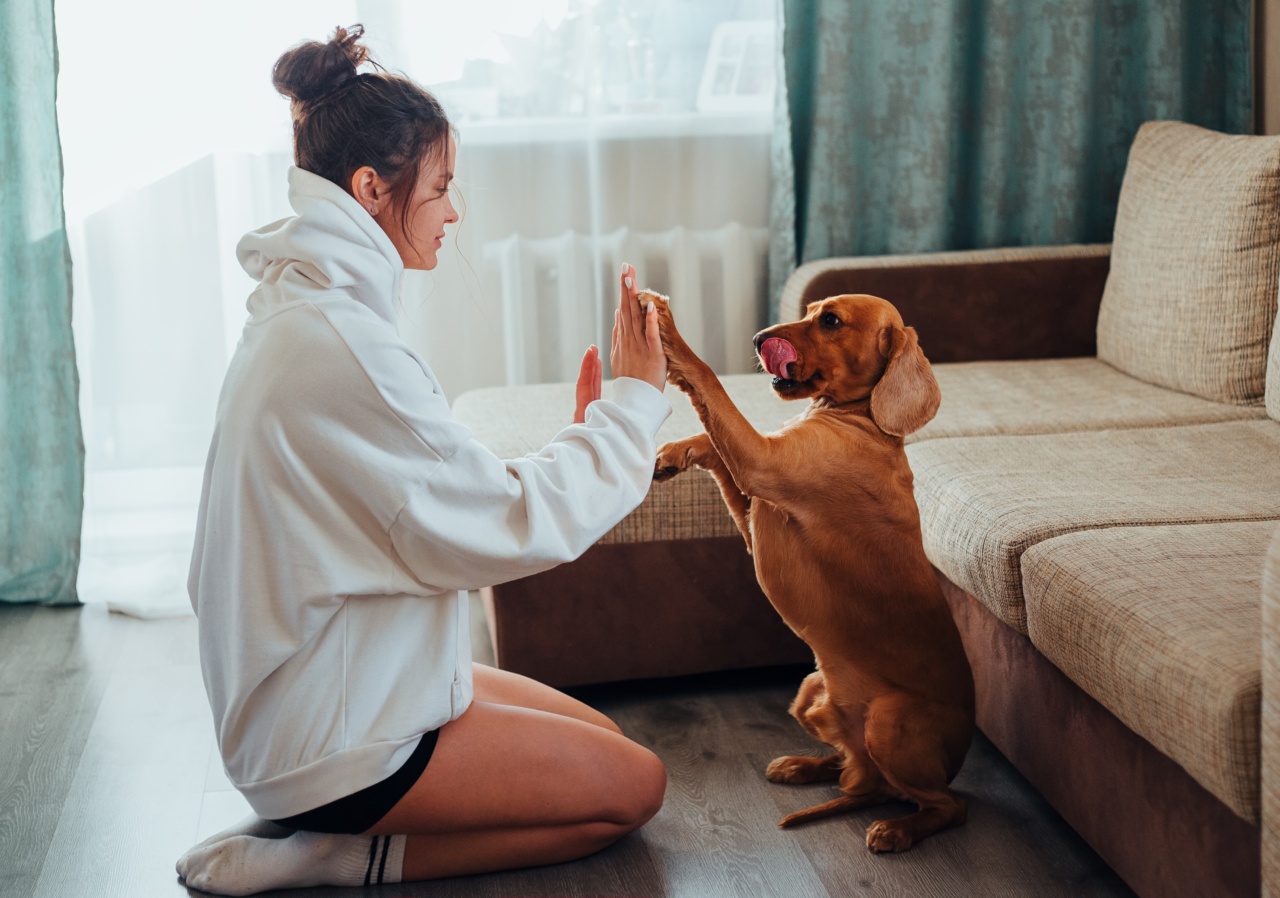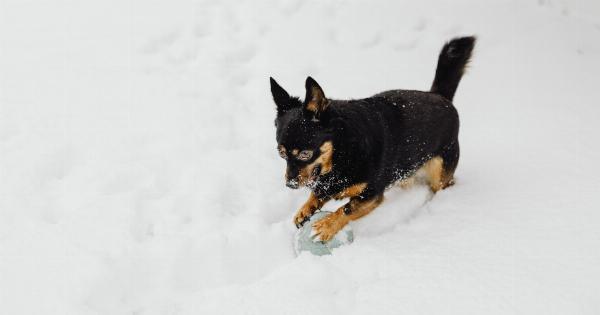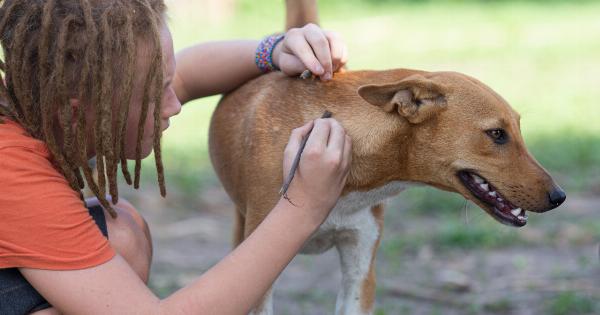As a dog owner, it is your responsibility to ensure that your furry companion behaves well in different situations. Not only does good behavior help in keeping your dog happy, but it also ensures the safety of everyone around them.
However, as much as you would like your dog to behave impeccably all the time, this is not always the case. You will face some common behavior problems that will require you to train your dog.
Here is a guide that will help you solve some of these common problems and teach your dog how to behave well.
1. Excessive Barking
Barking is a natural way that dogs communicate. However, when your dog barks excessively – for no apparent reason – it may be a sign of a behavior problem.
The first step in dealing with excessive barking is to investigate the underlying cause.
If your dog barks out of boredom, make sure they have enough exercise and playtime to keep them busy. Provide them with puzzle toys or interactive games, and spend quality time with them.
This will help in reducing their pent-up energy, hence minimize barking.
If your dog barks due to fear or anxiety, you should identify and minimize the triggers. You can also counter-condition your dog to associate the triggering situations with positive experiences.
Lastly, you can enlist the help of a professional dog trainer or behaviorist to train your dog.
2. Chewing
Dogs naturally love to chew on things. When unsupervised, they can chew on your furniture, shoes, or other valuable items. Chewing can be a sign of boredom, anxiety, or even teething. Here are some tips to deal with chewing:.
- Provide your dog with appropriate chew toys and rotate them regularly to keep them interested.
- Train your dog on what to chew on and what not to chew on by using positive reinforcement techniques.
- If you catch your dog chewing on something they shouldn’t, interrupt them and provide them with an appropriate replacement.
3. Digging
Digging is another natural behavior for dogs. Some dogs dig holes to find cooler ground, bury food, or simply for fun. However, excessive digging can be destructive to your lawn or garden. Here’s how to deal with digging:.
- Provide your dog with a designated digging area – such as a sandbox – and train them to use it.
- If your dog is digging to stay cool, provide them with a cool spot or an outdoor shelter.
- Block off the areas that your dog is not allowed to dig using physical barriers or supervision.
4. Jumping
Jumping is a common behavior problem that is particularly noticeable when you have visitors or are out in public. Here’s how to deal with jumping:.
- Ignore your dog when they jump on you or other people, and turn away from them.
- Train your dog to sit or stay when greeting people, and reward them for good behavior.
- Teach your dog the “off” command, and reward them for getting off you or other people.
5. Pulling on the Leash
If your dog pulls on the leash, walking them can be a frustrating experience. Here’s how to deal with leash pulling:.
- Train your dog to walk on a loose leash using positive reinforcement techniques.
- Use a well-fitted harness or a head collar to give you more control over your dog.
6. Aggression towards People or Other Dogs
Aggressive behavior is a serious dog behavior problem that can pose a risk to everyone around them. Here are some tips on how to handle aggression:.
- Enlist the help of a professional dog trainer or behaviorist to help you identify and solve the underlying cause of the aggression.
- Train your dog on basic obedience commands such as sit, stay, and come.
- Avoid punishing your dog, as it can make the aggression worse.
7. Whining or Separation Anxiety
When left alone, some dogs tend to whine or experience separation anxiety. Here’s how to help your dog:.
- Teach your dog that being alone is okay by gradually increasing the time they are alone and providing them with a comfortable space.
- Provide your dog with plenty of exercise and mental stimulation to help reduce their anxiety.
- Enlist the help of a professional dog trainer or behaviorist to help you solve separation anxiety issues.
By following these tips, you can solve common dog behavior problems and ensure that your furry companion behaves well in different situations.




























